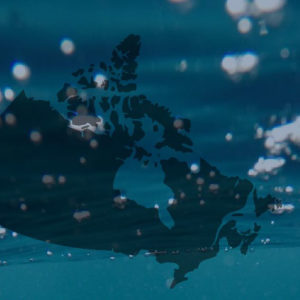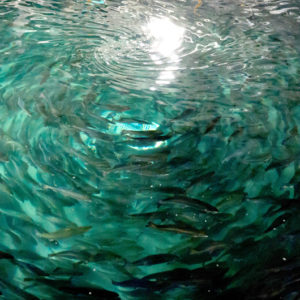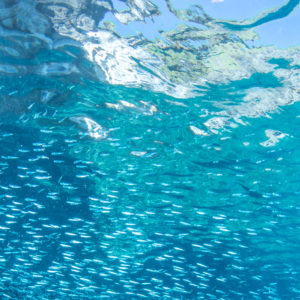Videos
Do you know where your seafood’s been?
The origin of seafood caught around the world is often unknown – and that should change. Canada’s current labelling system doesn’t require producers to tell consumers where their seafood was caught or farmed. In fact, Canadian-produced seafood is often sold as a product of another country because it’s processed there. Without proper traceability and labelling, you have no way of knowing the true origin of your seafood. This information is critical for your health, environmental sustainability and social responsibility. This video was made in collaboration with Oceana Canada thanks to the generous support of the McConnell Foundation.
#JoinTheShift to sustainable, traceable, well-labelled seafood
Canada’s oceans support a variety of large-scale sustainable seafood, but it is often shipped throughout North America and overseas as generic “fish”. At the same time, most Canadians are eating imported, unsustainable seafood. Without commitments by large retailers to support those producers and differentiate Canadian products through better labelling, Canadian seafood will stay out of reach for most Canadians. They won’t be sure of what they are eating, where it came from or how it was produced. It’s time to shift how we value local fish. #JoinTheShift.
SeaChoice launches Seafood Progress
SeaChoice has launched a new online resource for Canadian consumers to find out what retailers are doing to support sustainable seafood.
How to use Seafood Progress
SeaChoice’s new online resource Seafood Progress highlights Canadian retailers’ seafood policies and how they are living up to them. Watch this video to find out how to get the most out of the resource, and to see what your favourite retailer is doing to support sustainable seafood.
Red-listed Seafood in Canada
Out of all of the red-ranked seafood produced (caught or farmed) in Canada, 72 per cent of this is open net-pen farmed salmon. Learn more about other unsustainable seafood with this short video from SeaChoice.
Traceability and Labelling
Fishery and aquaculture operations in Canada are important contributors to the ecological, economic, social and cultural fabric of Canada. To ensure continued or increased supply of seafood for domestic consumption and export, exploitation and production of these foods must be carried out in a manner that does not degrade their ecosystems. Canada also has a responsibility to ensure products it imports do not contribute to ecosystem degradation elsewhere and are obtained in ways that are respectful of human rights. Learn more from this video, which was created by SeaChoice to summarize their 2016 Taking Stock: Sustainable Seafood Markets in Canada report.





